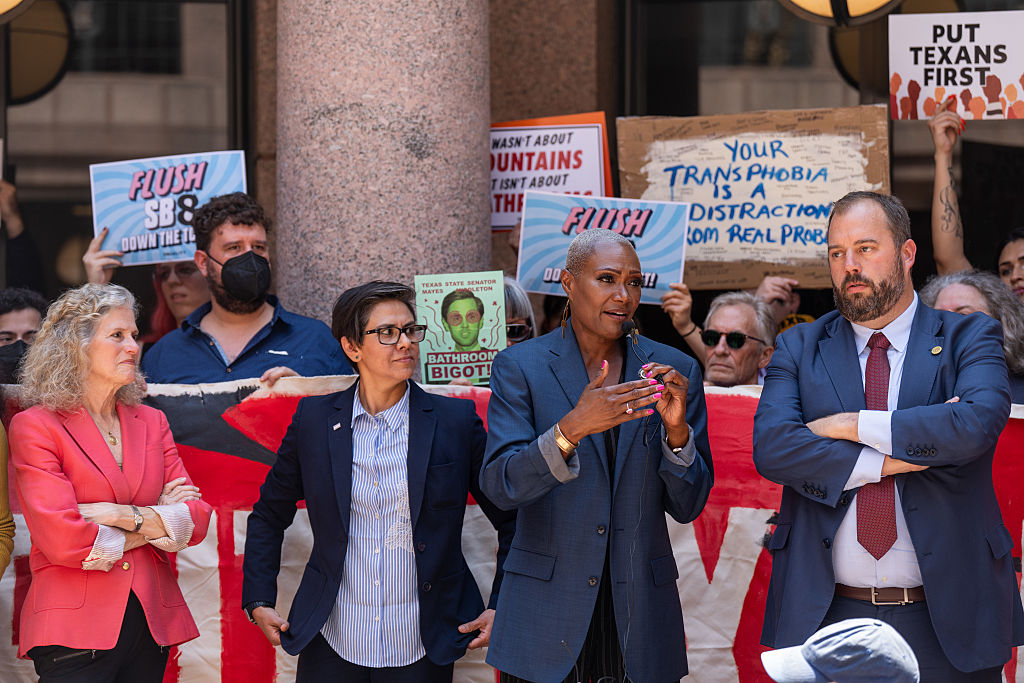Texas Passes “Bathroom Bill” Tied to Birth Certificates

A new law signed by Texas Governor Greg Abbott will soon restrict restroom and locker room access in public buildings across the state to only those whose biological sex matches the one listed on their birth certificate. The legislation, officially titled Senate Bill 8, was signed into law Monday and is set to take effect on December 4, 2025. Abbott announced the move via a video posted to X (formerly Twitter), calling the measure “just common sense” and claiming it will keep “men out of women’s restrooms.”
The law applies to a broad range of public spaces, including public schools, colleges and universities, government buildings, and correctional facilities. Certain exceptions exist for custodians, medical workers, law enforcement personnel, and adults accompanying children under the age of 10. However, the core requirement remains firm: individuals must use restrooms and locker rooms that align with the sex stated on their birth certificate, not their gender identity.
Enforcement of the new law will come with steep financial penalties. Facilities that allow individuals to violate the rule can be fined $25,000 for a first offense and $125,000 for each subsequent offense. Additionally, private citizens are allowed to file complaints, which the Texas Attorney General’s office can then investigate — a provision that raises further concerns among civil rights advocates.
Opponents of the legislation argue that the bill is a political maneuver that addresses a nonexistent problem. During debates in the Texas House earlier this year, Democratic lawmakers repeatedly asked the bill’s sponsors to cite instances where transgender women had harmed others in public restrooms. No specific examples were provided. Civil rights groups say the law will only further marginalize an already vulnerable population, particularly transgender Texans who are now at risk of being criminalized for using facilities that align with their gender identity.






